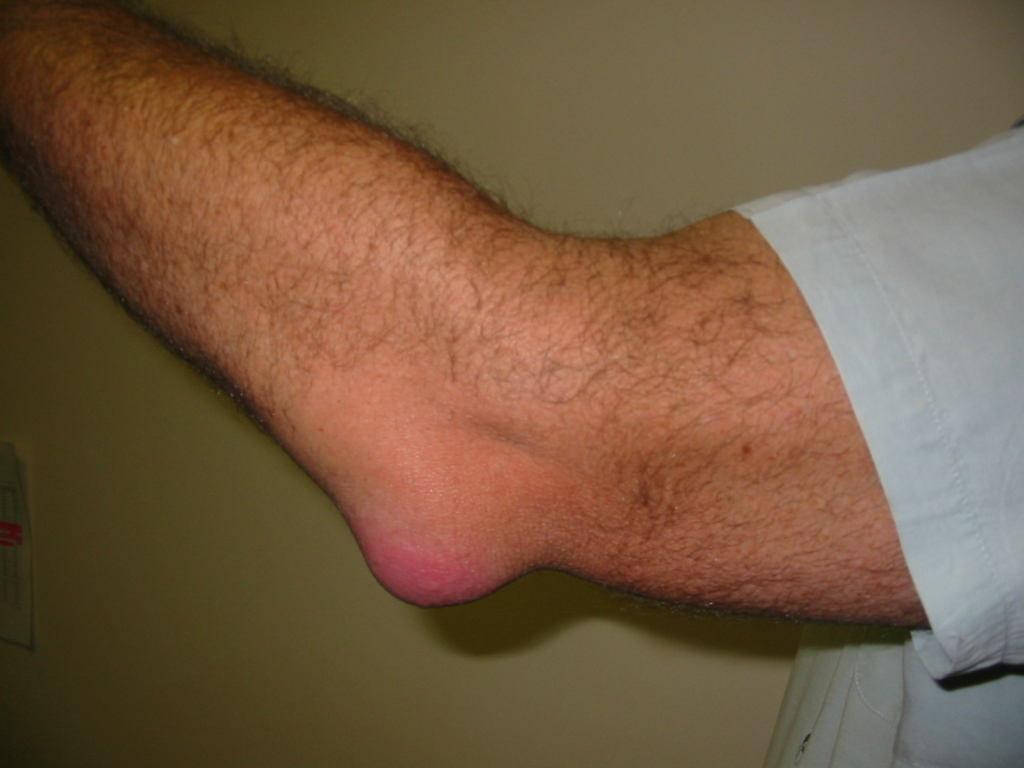
Bursitis is a condition caused by inflammation of the bursa, which are small sacs filled with lubricating fluid located near major joints such as the shoulders, elbows, hips, and knees. It can cause pain and stiffness in these areas due to friction between tissues when movement occurs. Although it may limit motion temporarily, bursitis usually does not lead to permanent deformity or disability. Bursitis is also linked to other health problems such as arthritis, gout, tendonitis, diabetes, and thyroid disease.
Following are some common types of bursitis:
- Anterior Achilles tendon bursitis. It is also known as Albert disease or Retromalleolar Bursitis and is caused by diseases, shoes with rigid back support, or injury. These put extra strain on the lower part of the Achilles tendon which leads to inflammation of the bursa where the tendon attaches to the heel.
- Posterior Achilles tendon bursitis. It occurs in the bursa located between the skin of the heel and the Achilles tendon. It is provoked by walking. Walking in shoes that constantly put pressure on the heel can cause the enlargement of the bone at the back of the heel. This enlargement is called Haglund deformity.
- Hip bursitis. It is also called trochanteric bursitis and is often caused by injury, overuse, arthritis, or surgery. It is more common in women and middle-aged and older adults.
- Elbow bursitis. It is caused by the inflammation of the olecranon bursa (bursa located between the skin and bones of the elbow). It can be caused by injury or constant pressure on the elbow like leaning on a hard surface.
- Knee bursitis. It is also known as goosefoot bursitis or Pes Anserine bursitis and is caused by tight hamstring muscles, being overweight, arthritis, or not stretching before working out.
- Kneecap bursitis. It is also known pre as patellar bursitis and is common in people who are on their knees a lot, such as plumbers.
The most common symptoms of bursitis are pain, tenderness, limited motion in the affected joint, swelling, and redness (if the inflamed bursa is close to the surface of your skin). In some cases, these symptoms can manifest differently from person to person. Chronic (long-term) bursitis may involve repeated attacks of pain and swelling leading to muscle breakdown with a reduced range of motion in joints. It’s important for anyone experiencing these symptoms for more than two or three days at a time to seek medical attention so that further damage does not occur due to untreated inflammation.For any surgical problem or orthopedic problem contact Dr. Rahul Grover, Glyra Orthopaedics, and here.
